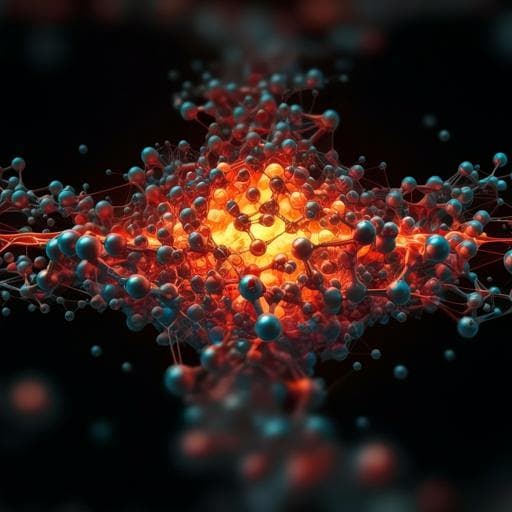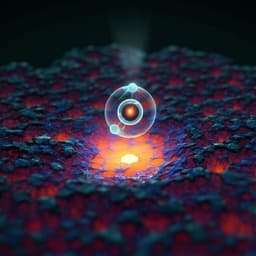
Chemistry
Cooperative Fe sites on transition metal (oxy)hydroxides drive high oxygen evolution activity in base
Y. Ou, L. P. Twight, et al.
Discover how Fe-containing transition-metal (oxy)hydroxides enhance the efficiency of oxygen-evolution reactions in alkaline media. This cutting-edge research reveals a unique interplay between electrochemical history and host material structure, led by prominent authors Yingqing Ou, Liam P. Twight, and others from leading institutions.
~3 min • Beginner • English
Related Publications
Explore these studies to deepen your understanding of the subject.







